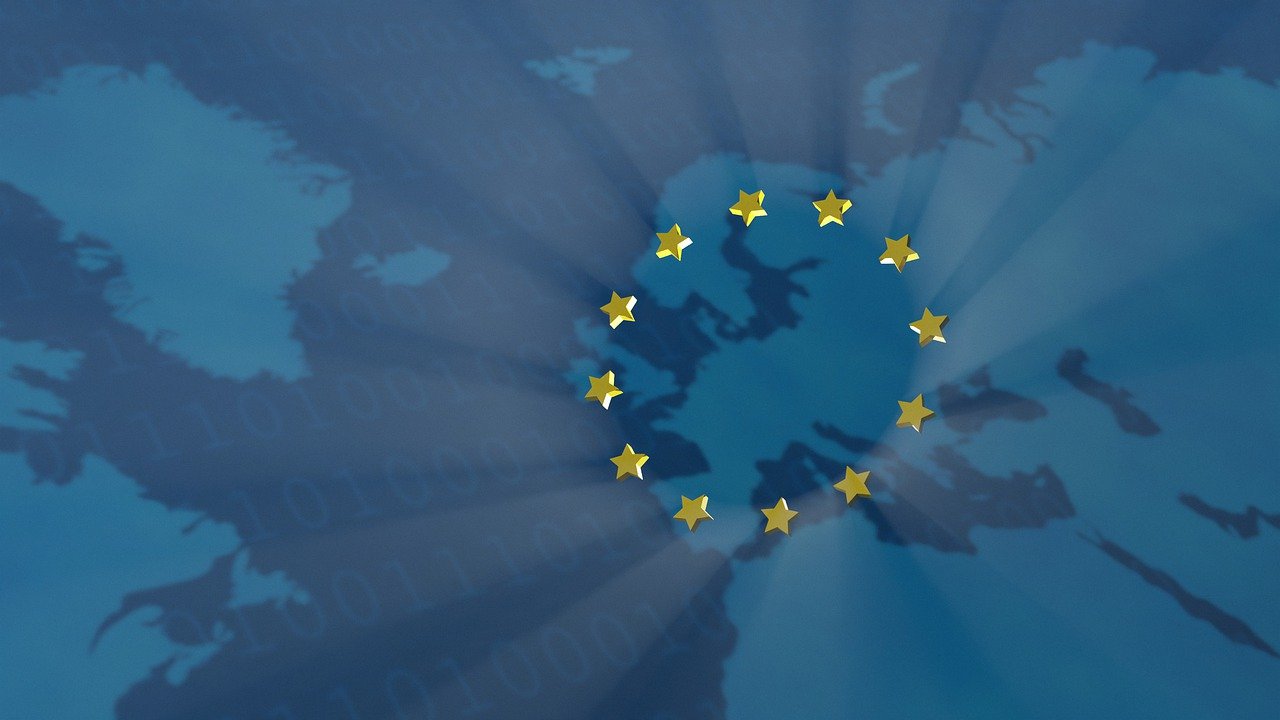 BLOCKCHAIN
BLOCKCHAIN
 BLOCKCHAIN
BLOCKCHAIN
 BLOCKCHAIN
BLOCKCHAIN
Officials in the European Union have come to a provisional agreement on new crypto regulations that will protect customers and supervise service providers in a bid to tame the “Wild West” of the volatile crypto markets.
The new regulation struck between the European Parliament and Council Thursday evening is called MiCA, Markets in Crypto-Assets. It would cover anti-money-laundering, fraud, other criminal activities and climate impact. As part of the law, it would take a special focus on stablecoins, a type of cryptocurrency that keeps parity with another currency such as the U.S. dollar.
“Recent developments in this quickly evolving sector have confirmed the urgent need for an EU-wide regulation,” French Finance Minister Bruno Le Maire said in a statement. “MiCA will better protect Europeans who have invested in these assets, and prevent the misuse of crypto assets while being innovation-friendly to maintain the EU’s attractiveness. This landmark regulation will put an end to the crypto wild west and confirms the EU’s role as a standard-setter for digital topics.”
Current crypto markets are extremely volatile and have suffered a significant downturn in 2022, causing a great deal of misery in the crypto industry. From an all-time high of $68,000 last year, bitcoin has crashed to its lowest price since November 2020, at $17,934 in mid-June before rebounding above $20,000.
Under MiCA, crypto asset providers will need to protect customers against the risks associated with investments and protect them against fraudulent schemes. Under the new rules, providers must also adhere to requirements to protect consumers’ wallets and will be liable if they lose the investors’ assets. Providers will also be held to stronger standards regarding market abuse, including insider trading and market manipulation.
In order to follow new anti-money-laundering rules, exchanges would need to track transfers to so-called “un-hosted wallets” owned by individuals and report them if the amount exceeds 1,000 euros. The issue is deemed problematic by the crypto community because of its implications for privacy.
“On a broad level, the MICA regulatory framework is a positive step forward in harmonizing crypto-financial regulation across the EU, and providing greater certainty for stakeholders to engage with distributed ledger technologies,” said Oldrich Peslar, legal counsel at Rockaway Blockchain Fund, a venture capital firm focused on crypto and Web3 startups. “The anti-market abuse provisions are a major step forward that will end insider dealing and pump-and-dump schemes.”
The provisions of MiCA also ask providers to reveal information on their environmental and climate impact. The European Securities and Markets Authority will be providing its own report on the effects of the crypto industry on the environment in two years and introducing minimum standards for consensus mechanisms, including proof-of-work.
The new regulations do not affect nonfungible tokens, which represent the ownership of digital properties such as artwork, music and video game items unless they can be tokenized and owned by multiple people. In light of this exclusion, the European Commission has been tasked with an 18-month assessment of NFTs, during which it will determine if they will also need regulations as an emerging market.
Decentralized finance, or DeFi, the use of blockchain for peer-to-peer financial transactions that eschew banks as intermediaries to create token economies, is also excluded from the agreement.
Stablecoin issuers will be required to show proof of reserves in order to protect consumers in the case of a potential run on their treasuries in order to prevent the possibility of collapse. As a result, stablecoins will be required to hold a “sufficiently liquid reserve” with a one-to-one ratio. Under the new rules, all stablecoins will also be supervised by the European Banking Authority.
All this comes in part in reaction to what happened when the TerraUSD so-called “algorithmic” stablecoin lost parity with the U.S. dollar and its sister currency Luna lost 99% of its value in less than a week. The resulting crash sent ripples throughout the broader crypto markets, pushing values further down during an ongoing bear market.
Chief Strategy Officer Dante Disparte of Circle, the issuer of the U.S. dollar-pegged USDC stablecoin, commented on the company’s blog that he saw the new regulation as bringing clarity to the markets.
“While no comprehensive body of rules is perfect, especially not one as far-reaching as MICA,” Disparte said. “It nonetheless provides practical solutions to issues that other jurisdictions are just beginning to grapple with.”
Finally, all crypto asset service providers will need authorization to operate within the EU. According to the rules, that authorization will take no more than three months.
Support our mission to keep content open and free by engaging with theCUBE community. Join theCUBE’s Alumni Trust Network, where technology leaders connect, share intelligence and create opportunities.
Founded by tech visionaries John Furrier and Dave Vellante, SiliconANGLE Media has built a dynamic ecosystem of industry-leading digital media brands that reach 15+ million elite tech professionals. Our new proprietary theCUBE AI Video Cloud is breaking ground in audience interaction, leveraging theCUBEai.com neural network to help technology companies make data-driven decisions and stay at the forefront of industry conversations.